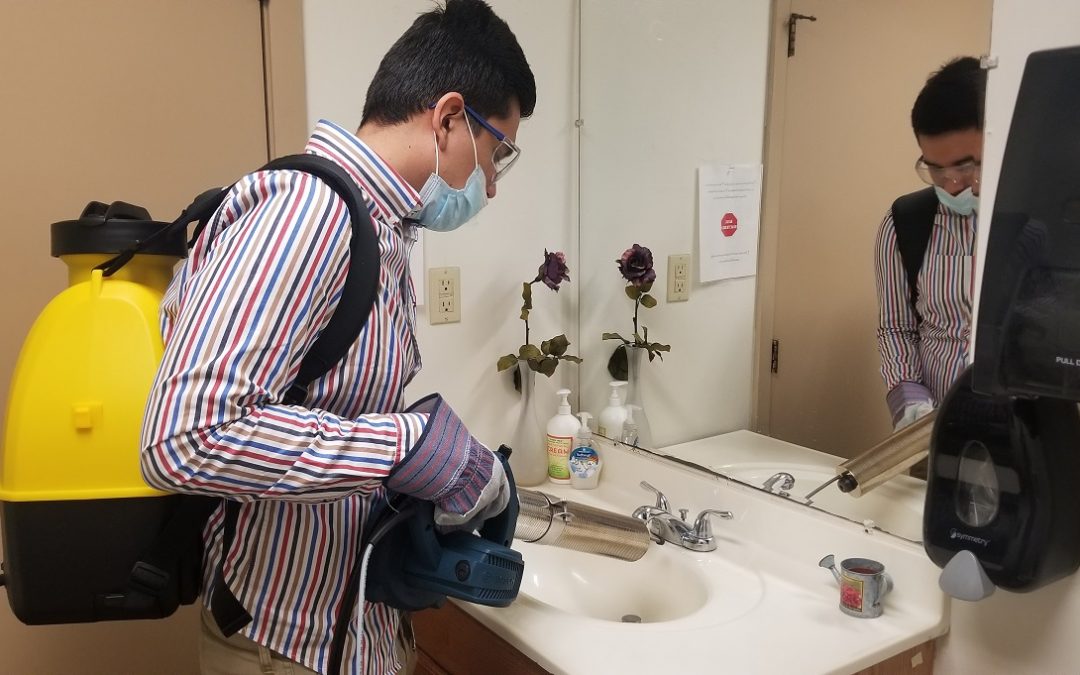What is the Difference between a Pandemic and an Epidemic? What is a pathogen?
We have taken definitions from this excellent article and reproduced some below https://www.yalemedicine.org/stories/covid-19-glossary/
What is a pathogen? How is it different from a parasite?
Pathogen is term used to describe an infectious (disease causing) microorganism or agent, such as a virus, bacterium, protozoan, prion, viroid, or fungus. Certain kinds of worms and insect larvae, can also produce disease. However, these tiny insects/animals are usually referred to as parasites rather than pathogens.
Spread of disease
When a disease—and the microorganism such as a virus that causes it, begins to spread, epidemiologists (who are considered the key scientists of public health) take notice, looking for the frequency, patterns, and causes associated with it. Below are definitions of a few of those epidemiological terms that you may hear or see reported in the news, especially as they relate to COVID-19.
Endemic
The baseline, or expected, level of the disease in the community—meaning it always exists, like the common cold and flu, which are usually at low, predictable rates.
Epidemic
This refers to a sudden increase in the number of cases of a disease, above what is typically expected in a particular area. COVID-19 is thought to have reached epidemic proportions in China in mid-January 2020.
Outbreak
Similar to epidemic, with one exception—an outbreak usually refers to a more limited geographic area. COVID-19 started as an outbreak in Wuhan, the capital city of the Hubei province in China at the end of December 2019.
Pandemic
An epidemic that has spread over several countries or continents, impacting many people. Pandemics typically happen when a new virus spreads easily among people who—mostly because the virus is new to them—have little or no preexisting immunity to it. COVID-19, which was declared a pandemic by the WHO in early March 2020, is the first pandemic known to be caused by the emergence of a new corona-virus.
Can steaming removes pathogens and parasites? Yes. If the steam is of a high enough temperatures it can inactivate pathogens as well as parasites quickly.


